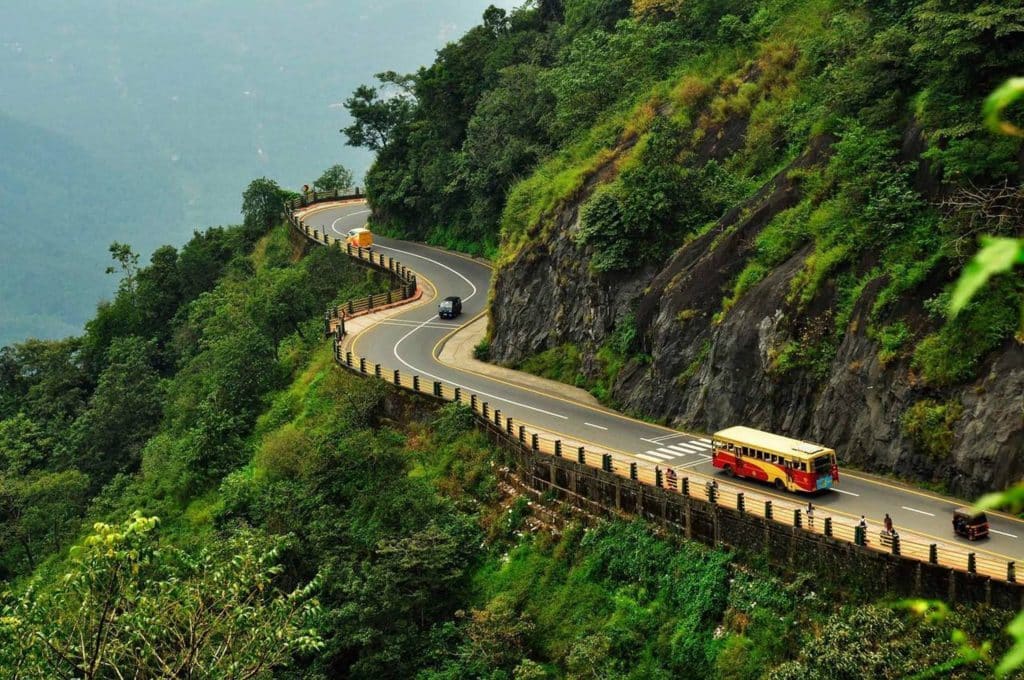Wayanad is a charming district in northern Kerala, India, known for its beautiful surroundings, hilly landscape, and wide range of wildlife. Wayanad, which is hidden away in the Western Ghats, is known for its flowing rivers, spice plantations, and thick forests. For those who love the outdoors, the area is a sanctuary, providing a calm diversion from the bustle of the metropolis.
Wander through the historic rainforests of Muthanga, explore the magnificent Chembra Peak, or simply relax by the serene Pookode Lake. With sights like the Edakkal Caves, where prehistoric petroglyphs reveal a glimpse into the region’s past, Wayanad is likewise rich in history and culture. Wayanad is a singular fusion of natural beauty and cultural heritage, enhanced by the region’s vibrant tribal communities.
Wayanad is a wildlife and ecotourism haven, in addition to its scenic beauty. Elephants, leopards, and uncommon bird species can be found in the Wayanad Wildlife Sanctuary, which is a part of the Nilgiri Biosphere Reserve. The area’s eco-friendly programmes and conservation efforts demonstrate its dedication to sustainable tourism. To appreciate and help preserve Wayanad’s natural treasures, tourists can participate in eco-friendly tourism activities like wildlife safaris and guided nature walks. Wayanad is a living example of how human civilization and the natural world can coexist peacefully because of its striking landscapes, diverse culture, and dedication to conservation.
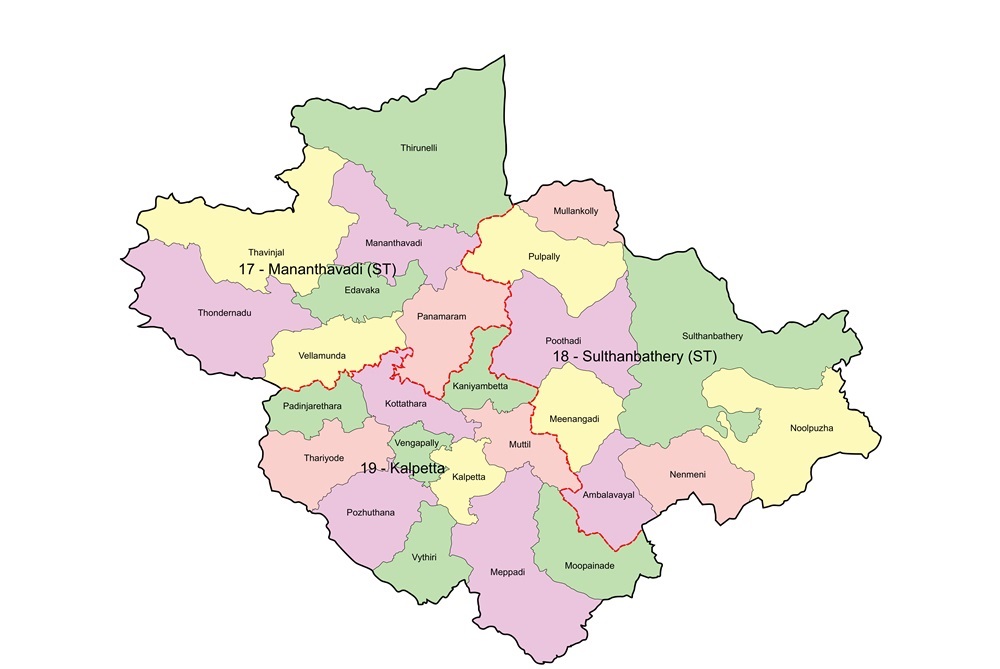
| Country | |
| State | Kerala |
| District Formation | 1980 November 1; 43 years ago |
| District Collector | Renu Raj (IAS) |
| Area | |
| Total | 2,132 km2 (823 sq mi) |
| Highest elevation (Vellarimala) | 2,240 m (7,350 ft) |
| Lowest elevation (Chali Puzha, Malappuram border) | 108 m (354 ft) |
History of Wayanad
Wayanad, a district in the Indian state of Kerala, has a rich and ancient history that has seen the rise and fall of numerous civilizations. The area may have been inhabited as early as the Neolithic period, according to archaeological evidence such as the ancient rock engravings found in the Edakkal Caves. The caves also serve as evidence for the existence of numerous cultures and civilizations over the years.
After having been a part of the Kalinga kingdom in the sixth century, Wayanad came under the control of the Western Ganga dynasty. The area then joined the Vijayanagara Empire and, in the seventeenth century, became a part of the Mysore Kingdom. Following the Anglo-Mysore Wars, the British East India Company took over Wayanad and included it in the Madras Presidency.
The Pazhassi Raja’s rebellion against British rule is one of the most significant periods in Wayanad’s history. The “Lion of Kerala,” Pazhassi Raja, led a valiant guerrilla war against the British army in the early 1800s. His actions are seen as a representation of the resistance to colonial oppression.
Following India’s independence in 1947, Wayanad was incorporated into the state of Kerala. Since then, the area has grown to become a well-known travel destination, praised for its wildlife, natural beauty, and rich cultural history. Wayanad’s rich historical fabric continues to draw tourists eager to discover its far-reaching origins and wide range of cultural influences.
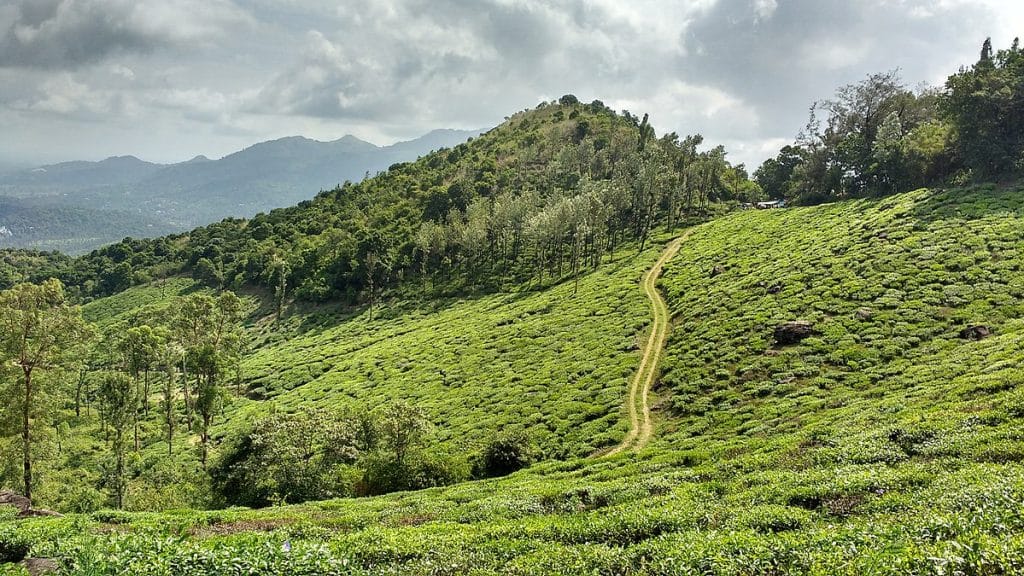
Tourist attractions in Wayanad
Many tourist attractions can be found in Wayanad, a charming district in Kerala, India; each one offers a distinctive fusion of natural beauty and cultural significance. This is a thorough guide to some of Wayanad’s must-see locations:
- Chembra Peak, Wayanad: The highest peak in Wayanad, Chembra offers breathtaking views of the surrounding landscapes. The heart-shaped Chembra Lake on the way adds a romantic touch to the trek.
- Edakkal Caves Wayanad: Explore the ancient Edakkal Caves, adorned with prehistoric rock engravings. The trek to these caves is an adventure in itself, offering a glimpse into Wayanad’s historical roots.
- Banasura Sagar Dam Wayanad: Set against the Banasura Hills, this is the largest earth dam in India. Boating on the reservoir and the panoramic views make it a serene destination.
- Thirunelli Temple Wayanad: Nestled amidst the Brahmagiri hills, this ancient temple dedicated to Lord Vishnu is known for its tranquil surroundings and the Papanasini River.
- Chain Tree Wayanad: This ancient Ficus tree is associated with a local legend and is a curious sight for visitors, adding a touch of mystery to the journey.
- Jain Temple Wayanad: Immerse yourself in the serene ambiance of this Jain temple, known for its intricate architecture and spiritual significance.
- Wayanad Wildlife Sanctuary: A haven for nature lovers, this sanctuary is home to diverse flora and fauna. Safaris through Muthanga and Tholpetty offer a chance to spot elephants, deer, and various bird species.
- Lakkidi View Point Wayanad: Capture panoramic views of the Western Ghats from this viewpoint, situated at the gateway of Wayanad.
- Kuruva Island Wayanad: Uninhabited and teeming with biodiversity, Kuruva Island is a tranquil spot on the Kabini River, perfect for nature enthusiasts.
- Pakshipathalam Bird Sanctuary Wayanad: Accessible through a challenging trek, this sanctuary is a paradise for bird watchers, housing a unique cave associated with ancient legends.
- Pookode Lake Wayanad is a freshwater lake that is ideal for boating and picnics because of its surrounding lush vegetation.
- Neelimala View Point Wayanad: Offering stunning views of Meenmutty Falls and the valleys below, Neelimala is a popular trekking destination.
- Meenmutty Waterfalls Wayanad: Cascading down in three tiers, Meenmutty is one of the largest waterfalls in Wayanad, accessible through a rewarding trek.
- Soochipara Falls Wayanad: Surrounded by dense forests, these falls are a breathtaking sight, reachable through a picturesque trek.
- Pazhassi Raja Tomb Wayanad: Pay homage to the legendary Pazhassi Raja, known as the “Lion of Kerala,” at his tomb.
- Uravu Wayanad: Engage in the vibrant local culture through Uravu, a community-based organization promoting bamboo-based crafts.
- Tholpetty Wildlife Sanctuary Wayanad: Another entry point to the Wayanad Wildlife Sanctuary, offering wildlife safaris for a closer look at the region’s biodiversity.
- A tranquil lake with lots of vegetation surrounding it, Karlad Lake Wayanad is ideal for boating and relaxation.
- Kanthanpara Waterfalls Wayanad: A lesser-known gem, these waterfalls offer a peaceful retreat away from the crowds.
- Wayanad Heritage Museum: Explore the rich history and culture of Wayanad through artifacts and exhibits at this museum.
- A picturesque reservoir with hills surrounding it, Karapuzha Dam Wayanad is perfect for a peaceful getaway.
- Cheengeri Hills Wayanad: Trek to these hills for panoramic views of the landscape.
- Korome Mosque Wayanad: Experience the architectural beauty and cultural significance of this mosque.
- Pallikunnu Church Wayanad: A historic church with religious and architectural importance.
- Priyadarshini Tea Environs Wayanad: Discover the tea plantations of Wayanad and enjoy the picturesque landscapes.
- Valliyoorkavu Bhagavathy Temple Wayanad: Visit this ancient temple dedicated to Goddess Bhagavathy, reflecting the religious diversity of the region.
Wayanad’s diverse array of attractions ensures a memorable experience for every traveler, combining natural wonders, cultural heritage, and spiritual sites.
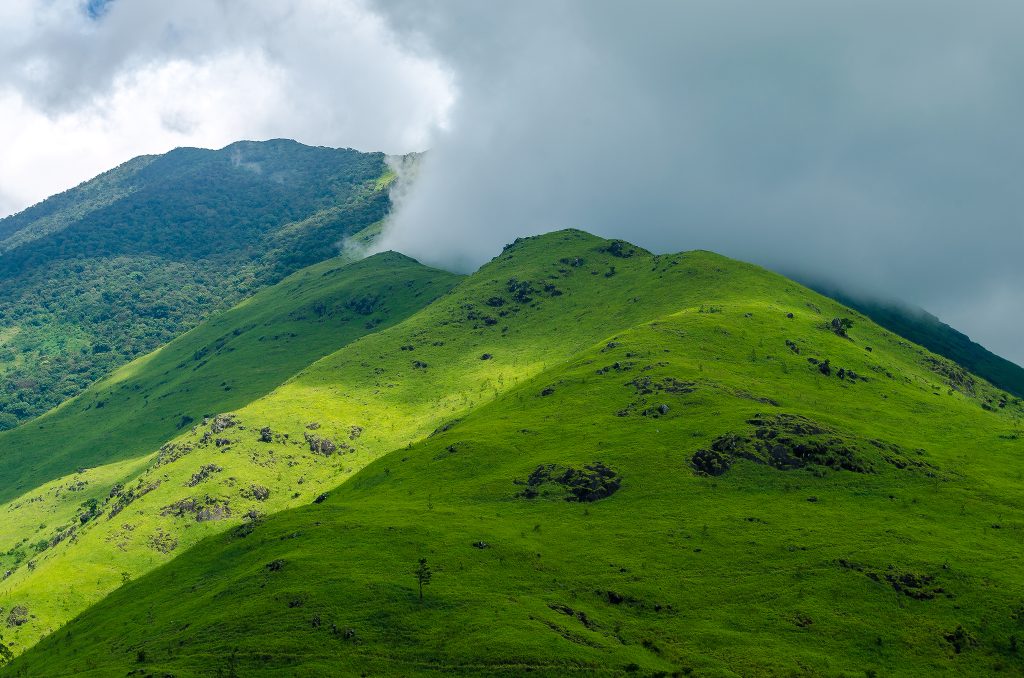
Best time to visit Wayanad
The post-monsoon and winter seasons, which span from October to May, are the ideal times to visit Wayanad. The nice weather during this time of year makes it perfect for seeing all that Wayanad has to offer. These months offer a pleasant and comfortable climate for outdoor activities, with temperatures ranging from 15 to 30 degrees Celsius (59 to 86 degrees Fahrenheit).
October to November (post-monsoon): The weather starts to cool down and the scenery turns lusciously green after the monsoon rains. With the surroundings at their most vibrant, now is a great time to explore waterfalls, go on nature walks, and go trekking.
Winter in Wayanad lasts from December to February. It has pleasant days and chilly nights. It’s a great time for outdoor activities, wildlife safaris, and sightseeing. For the most part, the weather is dry, which is nice for tourists.
Pre-monsoon months of March through May: As summer draws near, temperatures begin to rise, but Wayanad is still comparatively cooler than other regions of India. For those who prefer warmer weather and want to explore the area without a lot of rain, now is a good time to go.
It’s important to remember that Wayanad experiences heavy rainfall during the monsoon season, which runs from June to September, making certain areas vulnerable to landslides and flooding. It is therefore advised to avoid traveling during these months, particularly if you intend to partake in outdoor activities.
Although the best time to explore Wayanad’s natural and cultural wonders varies depending on personal preferences, October to May is usually thought to be the best window for a well-rounded experience in comfortable weather.
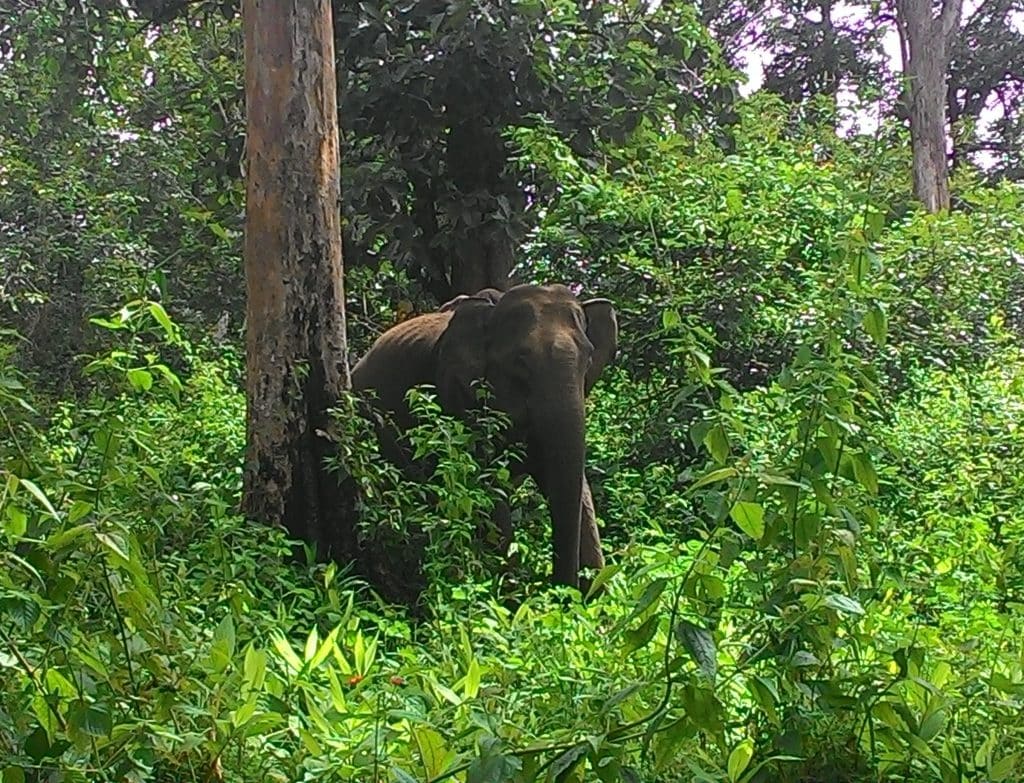
Frequently Asked Questions
Top 10 Places to Visit in Wayanad
Located in Kerala’s Western Ghats, Wayanad offers an extensive list of attractions. A few of the best locations to explore are Kuruva Island, Soochipara Falls, Pookode Lake, Edakkal Caves, Banasura Sagar Dam, Thirunelli Temple, Wayanad Wildlife Sanctuary, and Lakkidi View Point.
Wayanad Tourist Places for Family
Wayanad offers a range of family-friendly attractions. Pookode Lake is ideal for boating, while Kuruva Island provides a serene natural setting. The Wayanad Wildlife Sanctuary offers a safari experience for wildlife enthusiasts, and Tholpetty Wildlife Sanctuary is another option. Meenmutty and Soochipara Falls are exciting spots for families who enjoy outdoor adventures.
Places to Visit in Wayanad in 1 Day
For a one-day visit, prioritize key attractions like Chembra Peak, Pookode Lake, Edakkal Caves, and Lakkidi View Point. These sites offer a mix of natural beauty and cultural richness, providing a snapshot of Wayanad’s diverse offerings within a short timeframe.
Places to Visit in Wayanad in 2 Days
With two days, you can explore additional attractions. Day one can include Chembra Peak, Edakkal Caves, and Pookode Lake. On day two, visit Banasura Sagar Dam, Thirunelli Temple, Wayanad Wildlife Sanctuary, and, optionally, Kuruva Island. This extended itinerary allows for a more in-depth experience of Wayanad’s beauty and heritage.
What is Wayanad Famous for?
Wayanad is well-known for its biodiversity, verdant landscapes, and rich cultural legacy. The area is well-known for its hiking trails on Chembra Peak and its ancient rock engravings in the Edakkal Caves. The Banasura Sagar Dam, one of the biggest earth dams in India, and the Wayanad Wildlife Sanctuary, which is home to a wide variety of flora and fauna, further enhance its reputation. The district’s historical sites, waterfalls, and tea plantations all contribute to its fame.
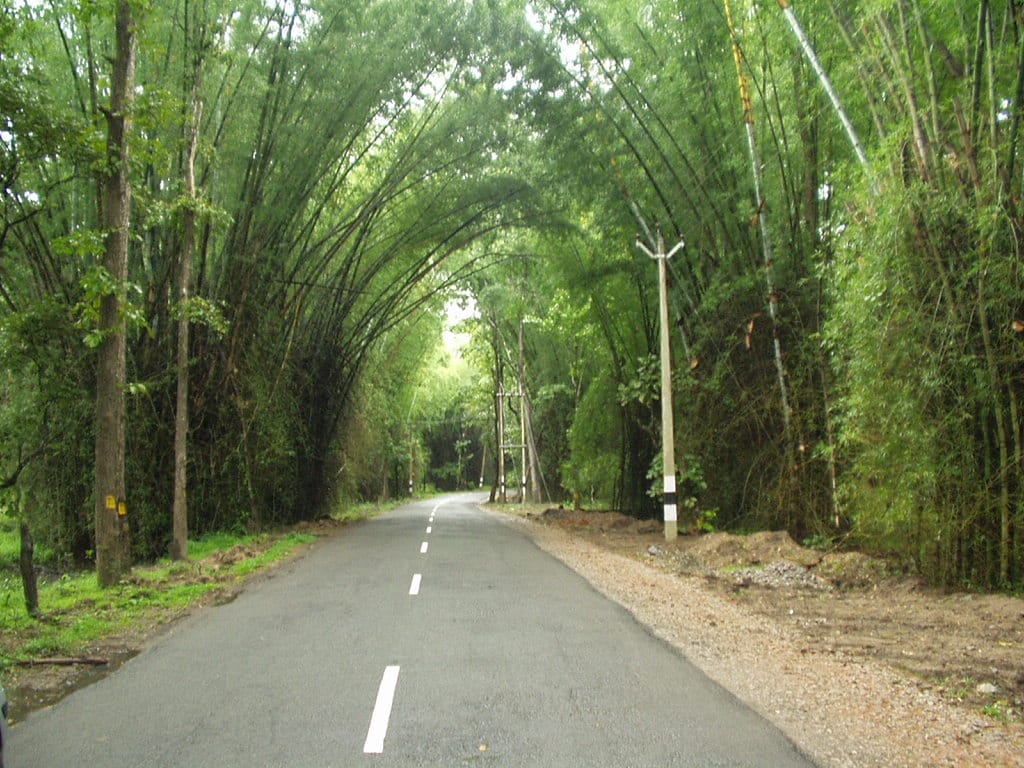
Conclusion
In conclusion, Wayanad is an enthralling location that skillfully combines historical significance, cultural heritage, and natural beauty. Every sight on this Kerala treasure, from the majestic Chembra Peak to the historic Edakkal Caves, the serene Pookode Lake to the energetic Wayanad Wildlife Sanctuary, reveals a different side of this treasure.
For every type of traveler, Wayanad provides a varied and rewarding experience, whether it is hiking through lush landscapes, going on wildlife safaris, or getting lost in the intricate web of history and culture. This Western Ghats district is renowned for its well-balanced blend of tradition and modernity, which contributes to its stunning scenery and well-earned notoriety. Travelers who are fortunate enough to experience Wayanad’s wonders will never forget it as they pass through tea plantations, climb mountain peaks, and take in the mosaic of cultures.
